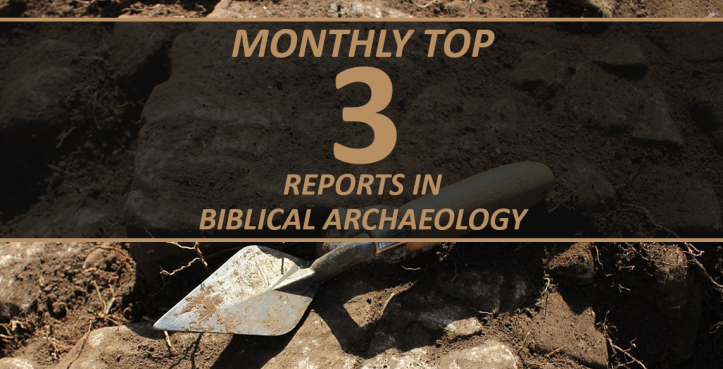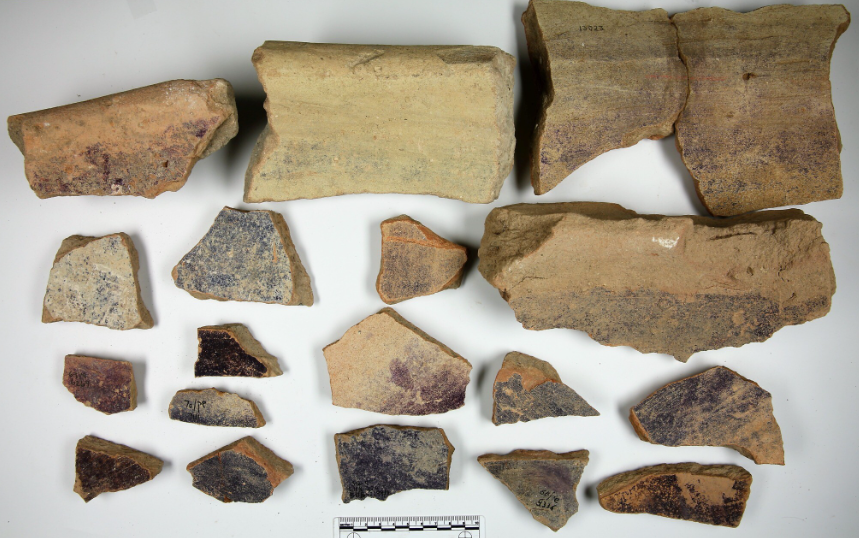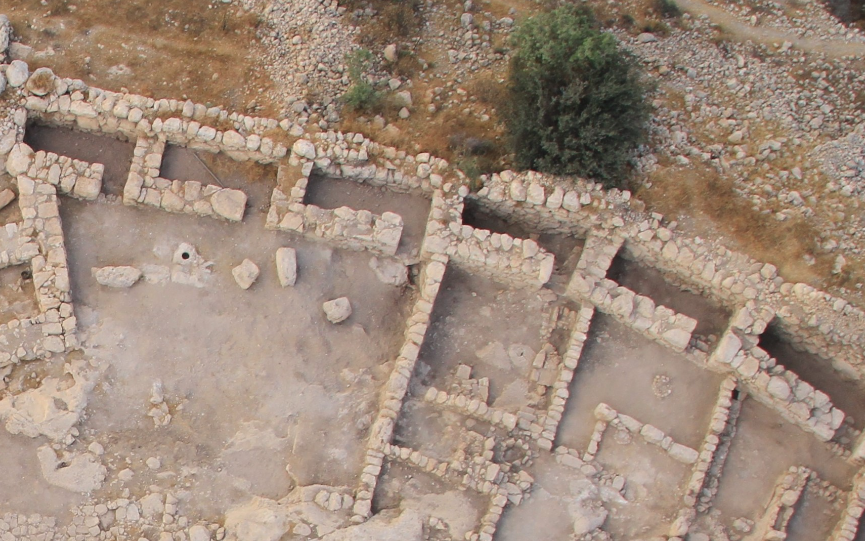
Three articles made the news this past month, all related to Israel in Old Testament times. Here were the top three reports in biblical archaeology for June 2023.
3. Scholar Identifies the Famous “Balm of Gilead”

In a recent article in Biblical Archaeology Review Zohar Amar of Bar-Ilan University argues that the best candidate for the “balm of Gilead” is the resin from the Atlantic pistachio tree (Pistacia atlantica). The balm of Gilead is mentioned six times in the Bible: Genesis 37:25 and 43:11; Jeremiah 8:22, 46:11, and 51:8; and Ezekiel 27:17. According to some of these texts, the balm itself (Hebrew: zori) is from the region of Gilead, identified as the area northeast of the Sea of Galilee in modern-day Jordan. Before arriving at his conclusion, Amar also studied the mentioning of this balm in Egyptian, Greek, Roman, and Arabi texts and performed an experiment where he collected the resin from 80 Atlantic pistachio trees in order to determine how it was processed. While the Atlantic pistachio trees in the immediate area of Gilead stopped producing resin about 20 years ago, it is still possible to harvest it from trees in other regions of Jordan and in Iraq and the United Arab Emirates. The balm of Gilead was likely both consumed and applied topically by people looking to glean the health benefits of the substance.
2. New Study Suggests Israelite Takeover of Phoenician Purple Dye Production Site

A new paper published in the Journal of the Institute of Archaeology of Tel Aviv suggests that the Israelites conquered Tel Shiqmona in southern Haifa in the ninth century BC in order to control the lucrative purple dye production at the site. During the Late Iron IIA period, sometime during Omride Dynasty, the dye factory was destroyed and rebuilt and the town was fortified with Israelite-style casemate walls. Archaeologists also unearthed four-room houses from that time, which are often seen as indicative of an Israelite site. However, they also found that the pottery remained Phoenician in style. All of this led the authors of the paper to suggest that one of the Omride kings of Israel captured the city for economic reasons, but that the Israelites lacked the knowledge of the production of purple dye, and therefore engaged the Phoenicians, either by coercion or cooperation, to continue the operation. Purple dye, which comes from murex sea snails, was important for the clothing of royalty and priests, as well as for the textiles associated with the tabernacle and temple.
1. More Evidence of Extent of Davidic Kingdom

Prof. Yosef Garfinkel from Hebrew University has published a new academic article in the Jerusalem Journal of Archaeology entitled, “Early City Planning in the Kingdom of Judah: Khirbet Qeiyafa, Beth Shemesh 4, Tell en-Naṣbeh, Khirbet ed-Dawwara, and Lachish V,” in which he provides evidence of urban organization in the Kingdom of Judah around the time of King David. In addition to the sites he has excavated, including Khirbet Qeiyafa and Lachish V, he also scoured old publications from the other sites for evidence. In the article he demonstrates that all five cities had similar urban layouts, including an outer wall that had houses on one side of it and a road on the other side. All were connected by important roads within the kingdom, and several of the sites have yielded inscriptions, indicating a certain level of written communication at that time. This runs counter to the narrative of minimalist scholars who believe the Bible is inaccurate and unreliable in its description of the extent of David’s kingdom. ABR’s Dr. Scott Stripling was interviewed by Israel365News about Garfinkel’s article and stated, “My research in Shiloh is revealing clear evidence of an Iron Age II reoccupation which corresponds to the time of David. That is new and supports Prof. Garfinkel’s theory. We’re finding more evidence that Professor Garfinkel is right, and if he is, we’ll continue to find even more evidence….For the last three generations, there has been very little digging in Judea and Samaria because of the political situation. I have excavated here while everybody else was saying out of harm’s way. Once others begin to excavate, they are going to find a lot more”
Stay Up-To-Date
Get the latest BREAKING NEWS in biblical archaeology each week here: https://biblearchaeology.org/current-events-list

